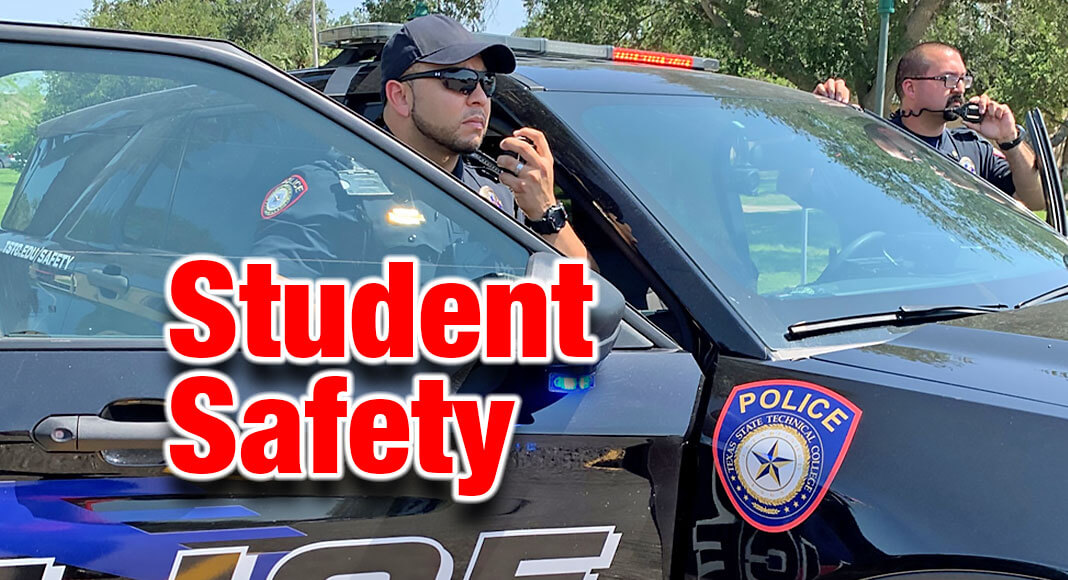
Texas Border Business
HARLINGEN, Texas – June is National Safety Month, and Texas State Technical College’s police department recently held a Civilian Response to Active Shooter Events (CRASE) training session to better prepare TSTC employees if an active assailant event were to occur.
The training is an extension of the Avoid Deny Defend strategy established by the Advanced Law Enforcement Rapid Response Training (ALERRT) program that delivers strategies and guidance for surviving an active assailant situation.
Michael Salinas, a TSTC police training sergeant, said the training is imperative for personal safety.
“The session was intended to educate the civilians to respond safely and decisively in response to an active assailant incident on the campus environment or a different location,” Salinas said.
The attendees were instructed about the definition of an active assailant, along with the importance of being aware of one’s surroundings. Disaster response was also addressed, as well as how an individual can work through the phases associated with trauma. Another topic, stress response, focused on how one’s body and mind work in a high-stress situation.
“We can use this training as a gauge for many events that have happened nationwide,” Salinas said.
A question-and-answer session followed the presentation.
One participant asked what a person should do if their work area has little or no protection.
“My recommendation is to create a communication plan with their supervisors and managers that will maximize their safety,” Salinas said.
Another individual asked what tools they could use to better enhance their ability to survive.
“My recommendation is to capitalize on some of the training offered through TSTC’s Emergency Medical Services program,” Salinas said. “Persons can also become certified in first aid and tourniquet training through organizations such as STOP THE BLEED, the American Red Cross, and American Health Training.”
For more information about the CRASE program, visit https://alerrt.org.
For more information about TSTC, visit tstc.edu.















